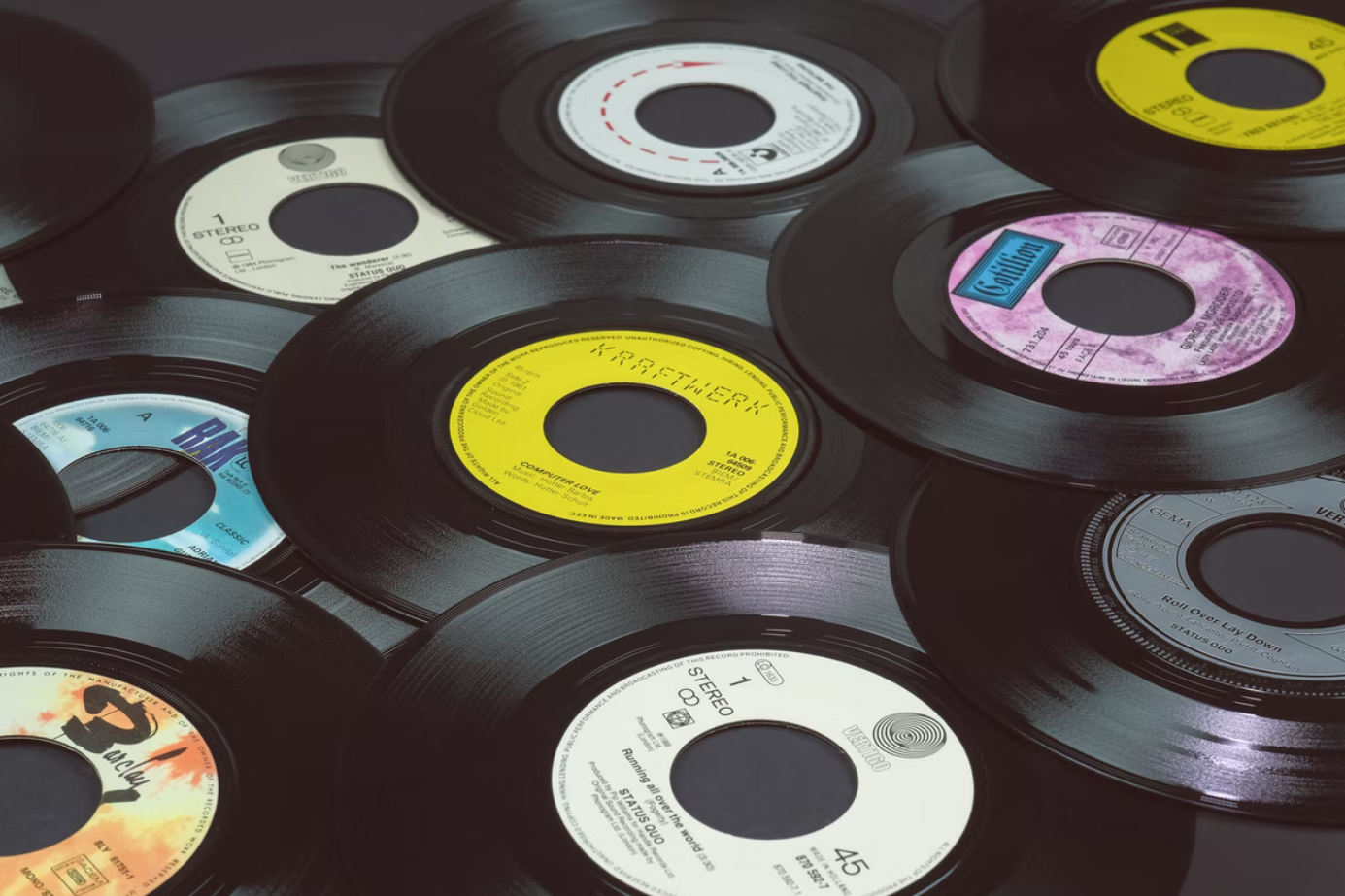If you’re a fan of classical music or jazz, or if you simply have a vintage vinyl record player at home, you would probably be interested to know how music was recorded on these kinds of records. Well, that’s what it’s all about here and now.
Content
What is the way vinyl records work
Only a true connoisseur of high sound quality and detail will appreciate the signal from a vinyl record player. No other piece of modern technology can match it. Audiophiles often choose this model because it’s capable of generating high-quality analog sound. Additionally, it’s digitized with the addition of quantization noise.
Vinyl turntables allow you to reproduce and transmit the mood of all the unique compositions that were specially created for them. Digital media cannot fill the signal with depth. That’s why every song is additionally released in an analog version. The design of the device really transports to the past, which in every listener is characterized with coziness, romance, and warmth.
What do vinyl records look like
Modern vinyl records are mostly black discs, 175-300 mm in diameter. They spin at 33 1/3 rpm and store audio recordings of 7-24 min. The average duration is considered to be 12 minutes. Such records don’t bounce during playback and produce high-quality sound.
In private collections and behind DJ consoles one can find copies of intricate shapes and colors. They can be painted in non-standard colors and made in the form of an abstract figure, animal and plant figures, a circular saw disk.
How are vinyl records made
In the production of the records themselves, a mixture based on vinyl acetate and vinyl chloride is initially used. Special additives are used to control its mechanical-temperature properties, and two-stage mixers are used to mix the powdered components.
Vinyl production begins with engraving, a process that’s accompanied by lacquer slicing. To do this, a special vibrating needle is used to run it over the soft lacquer. Next, a metallic layer is applied to the varnish, after which it’s made into stamping plates.
The next step is to cut the vinyl, which is also called mastering. The material is cut with a mixing console. It works in tandem with a device that applies tracks to the lacquer disc, during which the original recording is played backward.
A thin layer of nickel or silver solution is applied to the finished lacquer substrate. After a while this layer solidifies, forming a lacquer negative, the source for creating the matrix. The latter is used as a press which helps to rasterize the plate. Several thousand copies are thus produced from a single press. As soon as it becomes unusable, the production cycle is repeated.
In the next step, the vinyl, heated to a certain temperature, is sent to the press shop. It arrives with labels, which are glued on both sides. The long pressing process at 100 atmospheres results in a flat vinyl plate, the edges of which are trimmed after complete curing.
For some time after pressing, the vinyl remains warm and brittle. To prevent damage, it’s placed in special containers where it acquires the desired physical properties.
Before the production cycle is completed, records are checked for their sound quality and for any defects, the risk of which increases during the pressing and matrix stage. The musician can also see the results of the recording to check the quality for himself or herself. If there are no defects, the record is sent for duplication.
How do vinyl records work
A vinyl record is an analog sound carrier that is a single- or double-sided disc made of synthetic materials. During the manufacturing process, a continuous sinuous groove is applied to the disc to serve as a display of sound waves.
The principle of the vinyl record is based on the reproduction of sound (not graphic) information. It’s used to record music, literary works, sounds of wildlife, and other information that is played back with a special player.
With the 1000x zoom of a microscope, you can see that the surface of the vinyl is riddled with irregular paths. During playback, a recording needle moves along them and plays the sound recording.
The sound recorded on vinyl is played back with the turntable’s stereo head. It consists of piezo-crystals arranged perpendicular to each other. In relation to the plane of the record itself, they’re placed at a 45-degree angle. The stereo head is equipped with a sonic needle that moves along the surface of the grooves. It picks up vibrations from the right and left walls, which are then transmitted to the transducer.
From the transducer, which resembles a diaphragm, the sound is transmitted to the amplifier, which makes it louder and more expansive. Modern vinyl turntables have a phono stage that sends the sound to the amplifier and then to the speakers.



